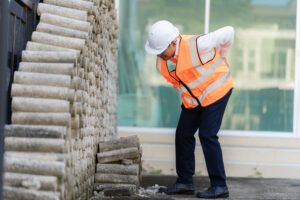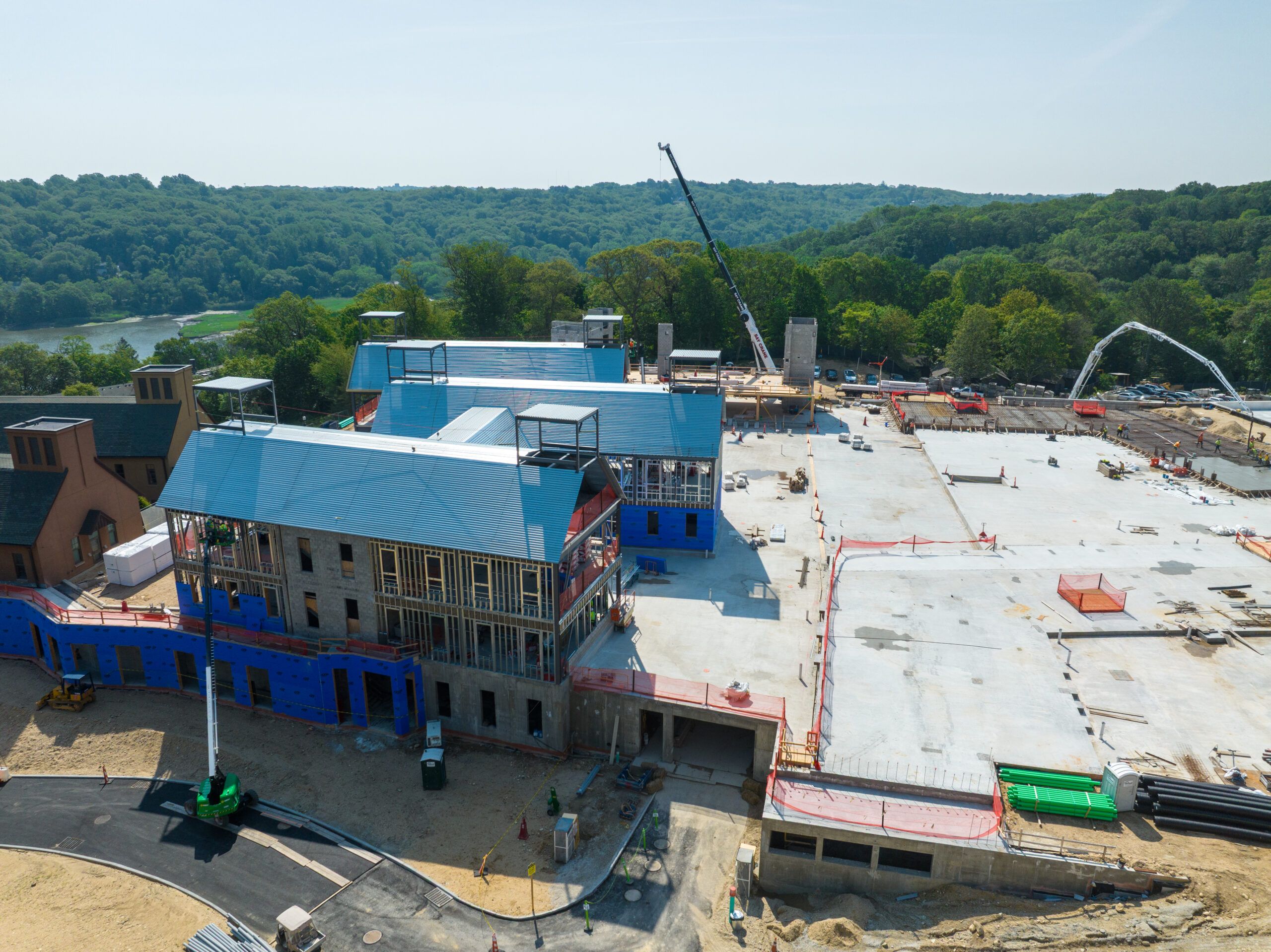Construction sites are unpredictable. Even when you’re careful, wear complete personal protective equipment for fall protection, or have undergone safety training, one wrong move, faulty equipment, or a split-second mistake when using heavy machinery can leave you injured. After something like that happens, your health depends on getting the right diagnosis fast.
But what if that diagnosis is wrong? A misdiagnosed construction injury can cost you time, money from medical expenses, and possibly your ability to work. If you’re not getting better or things are getting worse, you might be dealing with more than just a slow recovery.
Here are the signs your construction injury may have been misdiagnosed, and why you shouldn’t ignore them.
1. Your Symptoms Don’t Line Up With the Diagnosis
You know your body. If the diagnosis doesn’t match what you’re feeling, that’s a red flag. Say a doctor tells you it’s just a strain from using heavy power tools, but you’re still dealing with swelling, intense pain, or limited mobility weeks later. Or maybe you’re told there’s nothing broken, yet you can’t put weight on your leg without pain shooting through it. These mismatches matter.
Many injuries in the construction industry, especially internal ones like ligament tears, spinal disc damage, or even mild traumatic brain injuries, can be mistaken for something less serious. And if you’re given the wrong diagnosis, the wrong treatment follows. That delay in proper care can turn a treatable injury into a long-term problem.
In some cases, a misdiagnosis may even point to medical malpractice, especially if the healthcare provider failed to order basic imaging, didn’t listen to your symptoms, or rushed your exam. If it feels like your injury isn’t being taken seriously, that’s not something to ignore. You may want to speak with a medical malpractice lawyer to understand your rights and figure out what steps to take next.
2. You’re Not Getting Better or You’re Getting Worse
Healing takes time, but there’s a general timeline for most injuries. A sprain from a construction accident should improve in days to weeks. A fractured bone, with proper care, should heal steadily over a few months. But if your recovery stalls, or your condition actually gets worse with more broken bones, something might’ve been missed during your diagnosis.
It’s especially concerning if your pain increases, new symptoms pop up, or you develop complications that weren’t there before. For example, a simple back strain from a construction accident shouldn’t cause numbness in your legs or loss of bladder control. Shoulder pain that lingers and limits your movement could be more than just a pulled muscle. It might be a torn rotator cuff that needs surgery.
Don’t assume prolonged pain is normal just because the other construction workers said so. Trust your instincts and seek another opinion if the treatment plan isn’t working.

3. You Weren’t Given Imaging or Follow-Up Testing
Construction injuries often involve internal damage, things you can’t always see from the outside. If your doctor made a diagnosis without using tools like X-rays, MRIs, or CT scans, there’s a chance something was missed. Even small fractures or disc issues in the spine can be overlooked if a provider relies only on physical exams.
It’s not enough to say, “it’s probably a strain” and send you home. Proper diagnostics are essential to identifying the full extent of your personal injury. You deserve a complete evaluation, not guesswork. If imaging was skipped, rushed, or inconclusive, but you’re still in pain, that’s a strong sign the original diagnosis may be off.
Also, if you weren’t offered any follow-up or additional testing despite ongoing symptoms, that’s another concern. A misdiagnosed work injury won’t fix itself, and your body could suffer the longer it goes untreated.
4. You Were Cleared To Work, but You’re Still in Pain
Returning to work too soon after a construction accident can worsen a personal injury, especially if the original problem was never fully understood. If a doctor cleared you even though you’re still having difficulty lifting, bending, or standing for long periods, that may signal a misdiagnosis.
Being forced back on the job while still hurt doesn’t just slow your recovery. It could expose you to more serious harm or re-injury. Pain, swelling, reduced strength, or instability are not things to brush off. If your physical limitations don’t match the doctor’s clearance, your condition deserves another look.
5. You Were Treated for the Wrong Body Part or Injury Type
Sometimes, healthcare providers focus only on the obvious, such as bruises, swelling, or visible injuries from falling objects, while missing deeper or unrelated issues.
For instance, some construction workers might’ve been treated for a hand injury when the root of the problem is actually a spinal cord injury. Or perhaps your knee was wrapped and iced while a torn ligament went undiagnosed.
Also, misdiagnosis can happen when providers assume you’re exaggerating your symptoms or downplay what happened because they didn’t witness your construction accident firsthand. That kind of dismissal can result in incomplete care, allowing serious conditions to go unnoticed and untreated.
Pay attention if your treatment feels misaligned with your actual pain or if the wrong part of your body is being addressed. Your concerns deserve a full and accurate evaluation, and not a one-size-fits-all answer.
Key Takeaway
Misdiagnosed construction injuries can have long-term consequences. If your symptoms don’t add up, your condition isn’t improving, or your treatment feels rushed or incomplete, trust your instincts.
Getting a second opinion could mean better care, a faster recovery, a stronger legal case and a fair workers’ compensation claim. So, don’t wait too long to take action because your health and future may depend on it.












